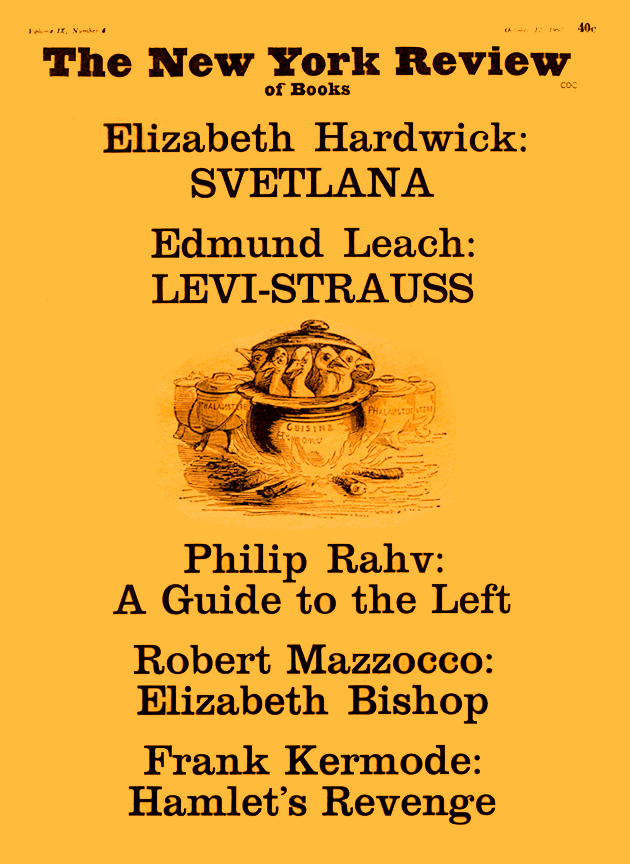In response to:
Decoding Poe from the September 14, 1967 issue
To the Editors:
Mr. Richard Wilbur and Professor Norman N. Holland may have over-looked the most famous brief critique of Poe’s “The Haunted Palace.” It occurs in A. E. Housman’s The Name and Nature of Poetry (Cambridge: at the University Press, 1950, page 36).
Housman’s essay was delivered as the Leslie Stephen Lecture, 9 May 1933, three years before his death. Commenting on the fact that “…perfect understanding will sometimes almost extinguish pleasure,” Housman proceeded to analyze Poe’s lyric thus:
“The Haunted Palace” is one of Poe’s best poems so long as we are content to swim in the sensations it evokes and only vaguely to apprehend the allegory. We are roused to discomfort, at least I am, when we begin to perceive how exact in detail the allegory is; when it dawns upon us that the fair palace door is Roderick Usher’s mouth, the pearl and ruby his teeth and lips, the yellow banners his hair, the ramparts plumed and pallid his forehead, and when we are reduced to hoping, for it is no more than a hope, that the wingèd odors have no connexion with hair-oil.”
Tom Burns Haber
Ohio State University
Columbus, Ohio
This Issue
October 12, 1967


